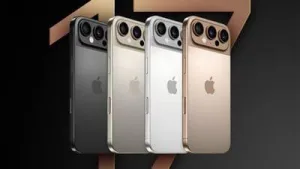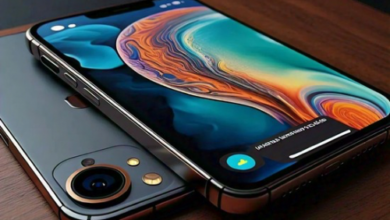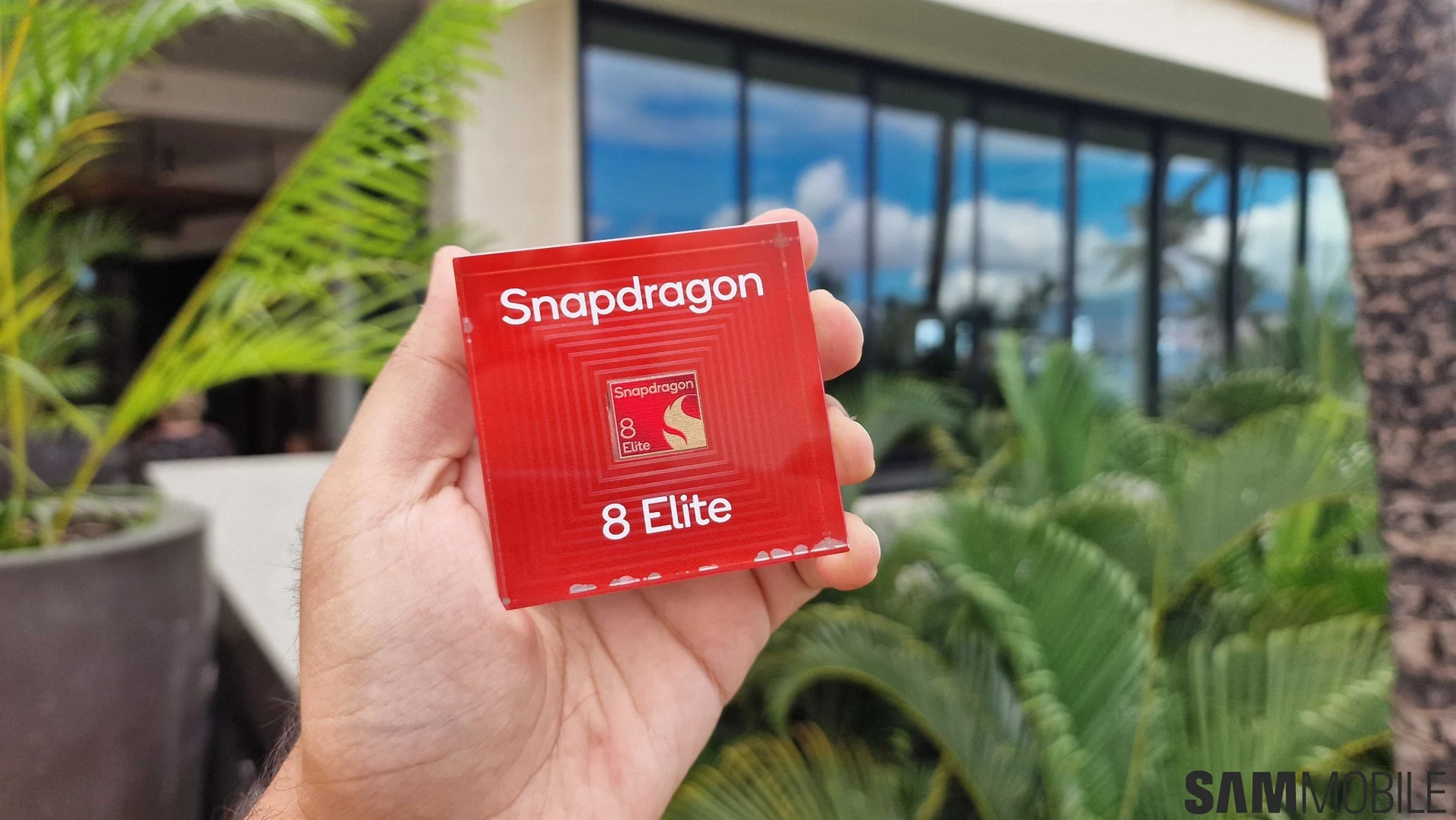
iPhone 17 & iPhone Air: Apple’s New MIE Security Upgrade
Most people are talking about the new look, colors, and cameras of the iPhone 17 series and the first-ever iPhone Air, but what really caught my attention isn’t on the outside and it’s what Apple built inside to fight spyware.

For years, iPhones have been targeted by government-backed hacking tools like Pegasus, and Apple has been sending warning alerts to users around the world. Now, instead of just warning, they’ve moved to prevention. Their latest A19 chips come with a built-in shield called Memory Integrity Enforcement (MIE).

So what does MIE do? In simple terms, it blocks hackers from sneaking in through memory corruption bugs. Apple says it’s the first always-on memory safety protection for phones, covering everything from the kernel to over 70 processes that attackers usually go after. The feature is based on Enhanced Memory Tagging Extension (EMTE), but Apple reworked it so it runs at the hardware-software level meaning you don’t have to switch anything on; it’s just there, working in the background.
This isn’t just a random update. Apple believes it’s the biggest step forward in memory safety for consumer devices. And given the spyware alerts we’ve seen in Iran, India, and beyond, it’s clear why they’re making this move now.

Of course, not everyone is clapping. Security experts admit it’s a major leap but remind us that Google Pixel devices had a version of this years ago. Others argue it won’t stop every attack for example, Graphene OS says there’s still a chance (about 1 in 15) for some exploits to slip through.
So yes, Apple gave us slimmer designs, better cameras, and flashy new colors. But the real story is that the iPhone 17 and iPhone Air are trying to shut the door on spyware once and for all and that’s a bigger deal than a new selfie trick.
Disclaimer: All photes gathered are from Google from reputable sources.








